Get Premium access to all the latest content online
Subscribe and view full print editions online... Subscribe
Italy’s Piedmont produces wines with high class – and often price tags. Try these bold, perfumed expressions that offer value, says Adam Lechmere
A friend of mine from Bordeaux recently returned from her first trip to Piedmont. There’s no other word for it: she had been seduced. The food, the wine, the people, the landscape, the architecture – there is something about Italy that makes you sigh with desire. After Piedmont, everything else just seemed so drab. On my latest visit to the region, my English palate got me into a spot of bother. I love black pepper, and asked for some to dress my spaghetti alla salsa di pomodoro. The reaction couldn’t have been more scandalous. My fellow guests covered their faces in shame. They were right to – the dish needed nothing. Italians love their food unselfconsciously and they take it very seriously. Now the wine. Piedmont’s are bold and idiosyncratic, and the winemaking scene has its share of eccentric mavericks. One such, Walter Massa of Vigneti Massa, has the half-wild look of a true prophet. He believes that only one white grape, timorasso, is suited to the terroir of Alessandria in the east of the province – so he rescued it from near-extinction and now makes electrifying wines. For example, his Derthona 2013, which has luscious tropical fruit contrasting with tongue-tingling acidity.
Over in Gavi, the Villa Sparina that I have recommended below is made with the cortese grape, which is prized by wine lovers for its wonderful acidity and exotic aromas, and is virtually unknown outside this corner of north-west Italy. The famous grape of Piedmont is nebbiolo, and its best-known producer is Gaja. Angelo Gaja, and his daughters Gaia and Rossana, produce a range of Barbarescos and Barolos; intense, earthy wines regarded as the finest expressions of nebbiolo. If you’re feeling flush, get them at Berry Bros & Rudd. Gaja is the king of Barbaresco and his wines are as expensive as a night at the opera, but there are some excellent, slightly more affordable examples, like the Cantina del Pino below.
The difference between Barolo and Barbaresco is subtle. The latter region is slightly warmer, its vineyards more sheltered, and the nebbiolo tends to ripen earlier. As a result, the tannins can be softer, and the wines approachable sooner. For decades it was thought that Barbaresco wines could not reach the intensity and concentration of Barolo.
Another Piedmont native, dolcetto, as its name suggests, is sweeter and softer than nebbiolo but still carries that lovely earthy, violet perfume. Dogliani (see below) is regarded by many as the finest of the dolcetto appellations, producing a riper, bolder style than the Dolcetto d’Alba. Lastly, a grape I had barely heard of before visiting Piedmont is ruché – which since 2010 has had its own appellation. Ruché di Castagnole Monferrato in the hills north of Asti makes light and charming wines, reminiscent of the gamay of Beaujolais, with a scent of potpourri. Whenever you describe a Piedmont wine, it’s the scent that you are trying to find. Aromas inform these wines. Whether the tar and roses of Barolo or the orange-zest of a dolcetto, it’s the nose we love. Fine perfume brings delicacy, and it can be no coincidence that critics return again and again to one word: ‘pretty’.
A first impression of creamy, sweet pineapple and melon with exotic spice gives way to a dry palate with acidity, fine minerality and salinity. Makes a perfect match for cured meats like Parma ham.
Available at:Honest Grapes
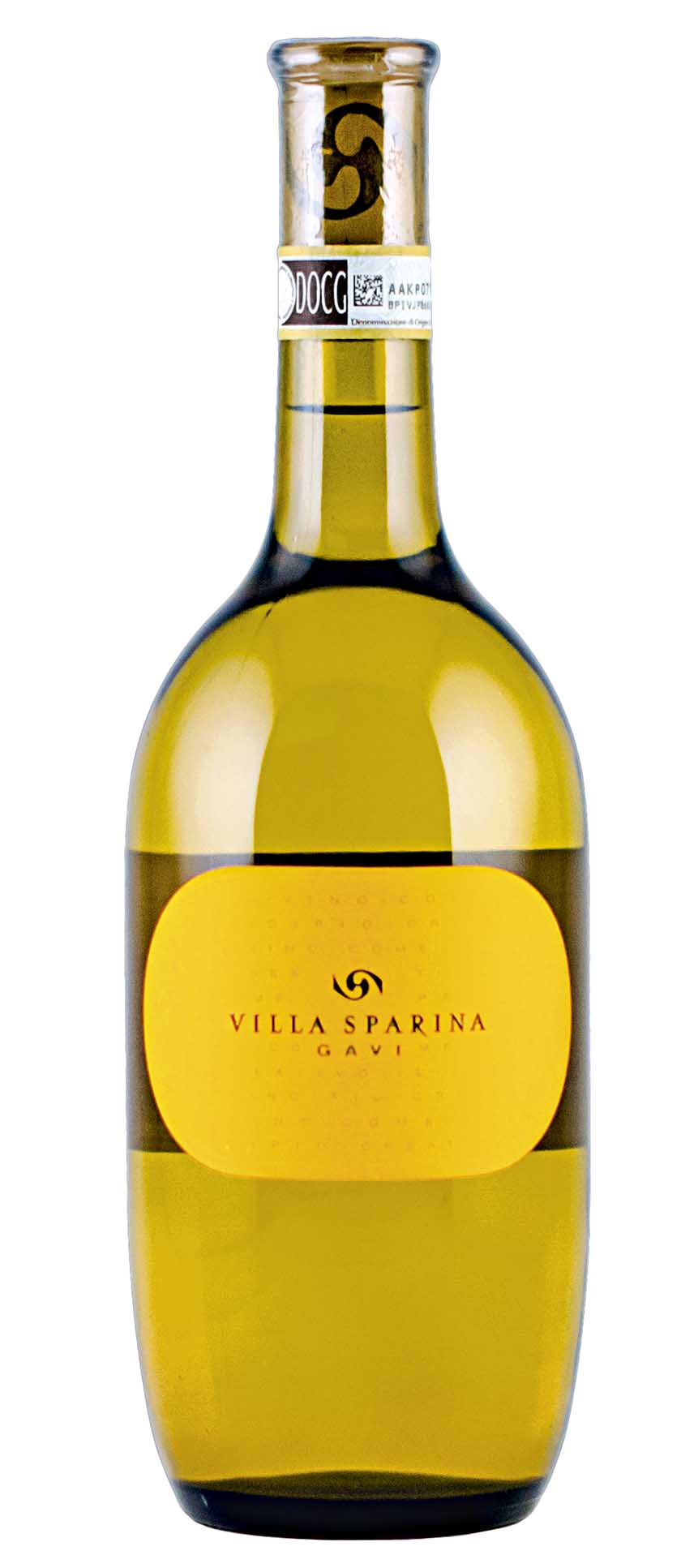
Amazing violet and potpourri aromas are followed by a lifted, bright red cherry palate, a hint of white pepper, and delicate, juicy tannins. Drink with filled pasta.
Available at:The Knotted Vine
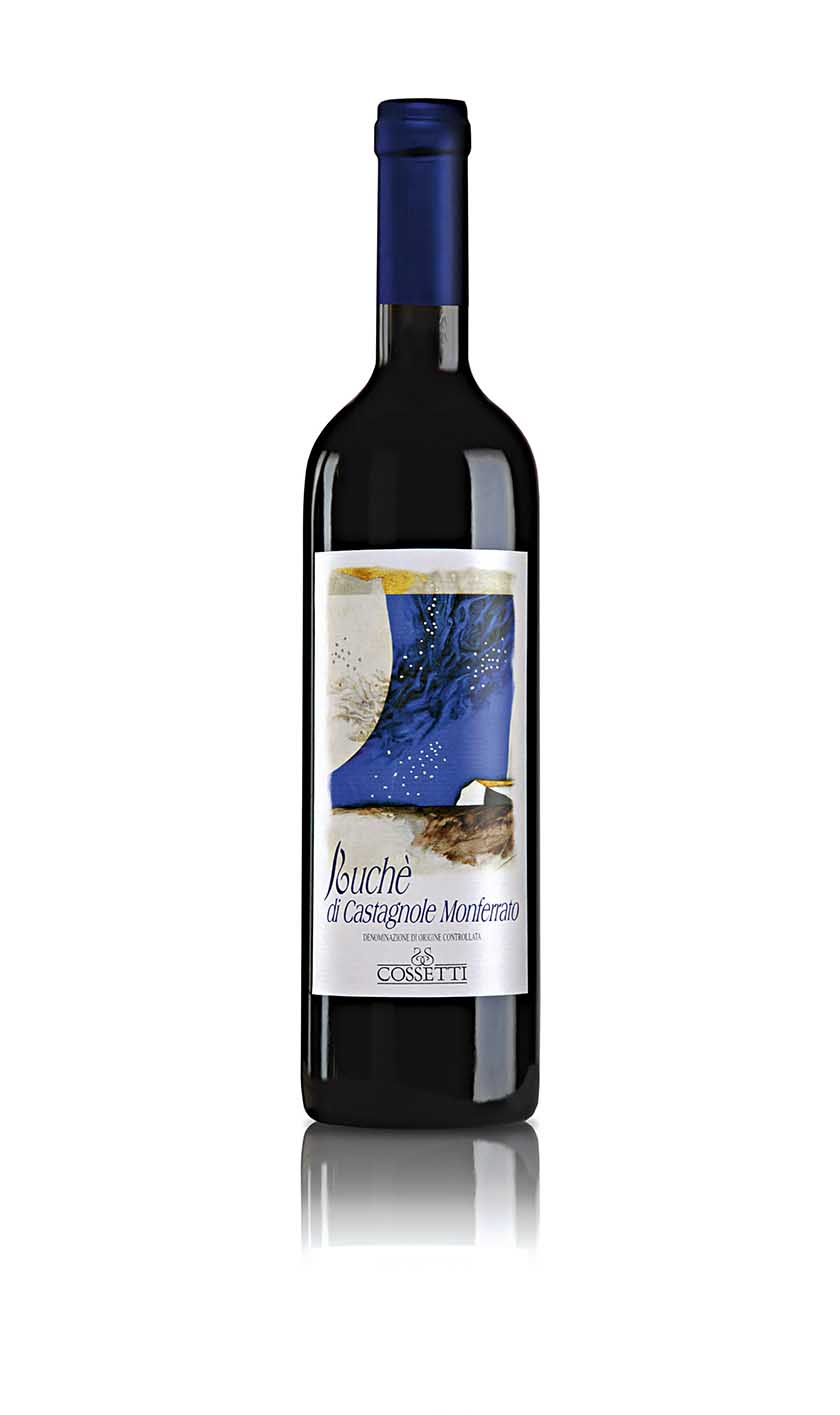
Bright, earthy truffle aromas, black cherry and orange zest, juicy acidity, perfumed, with a tannic grip. Great with punchy, garlicky ragù.
Available at:Oddbins
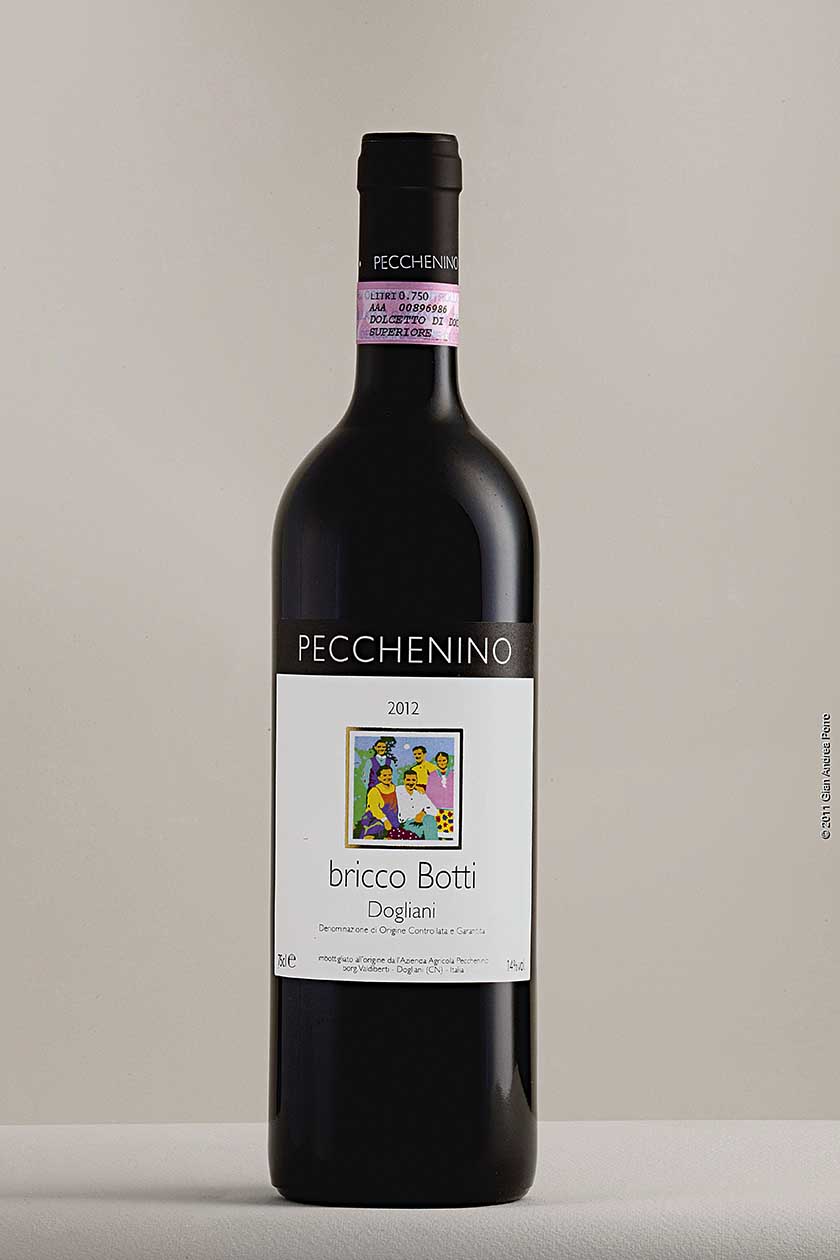
Juicy, ripe briar fruits, hint of hay, then black cherry, chocolate, refreshing acidity and delicious soft tannins. Drink together with rabbit pasta.
Available at:Lay & Wheeler
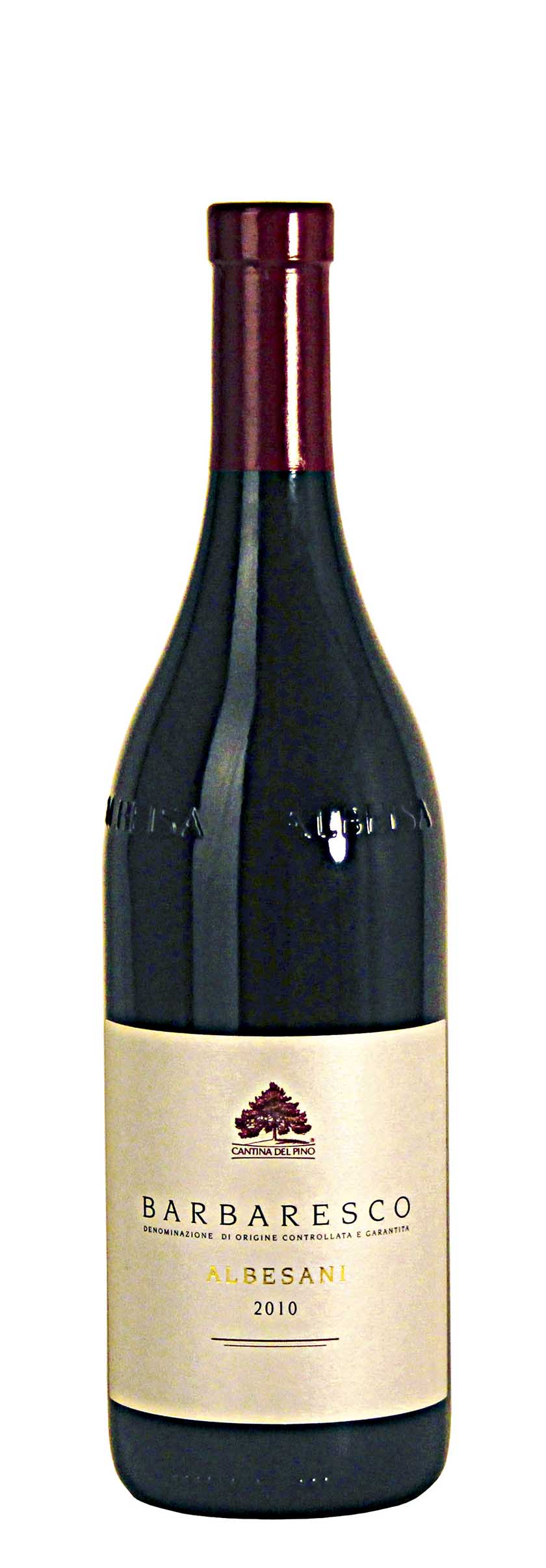
Red fruit nose perfumed with violets. Forest fruits on the palate with smoky leather. Robust tannins; an excellent ‘starter’ Barolo. Drink with a Sunday roast.
Available at:Sainsbury’s
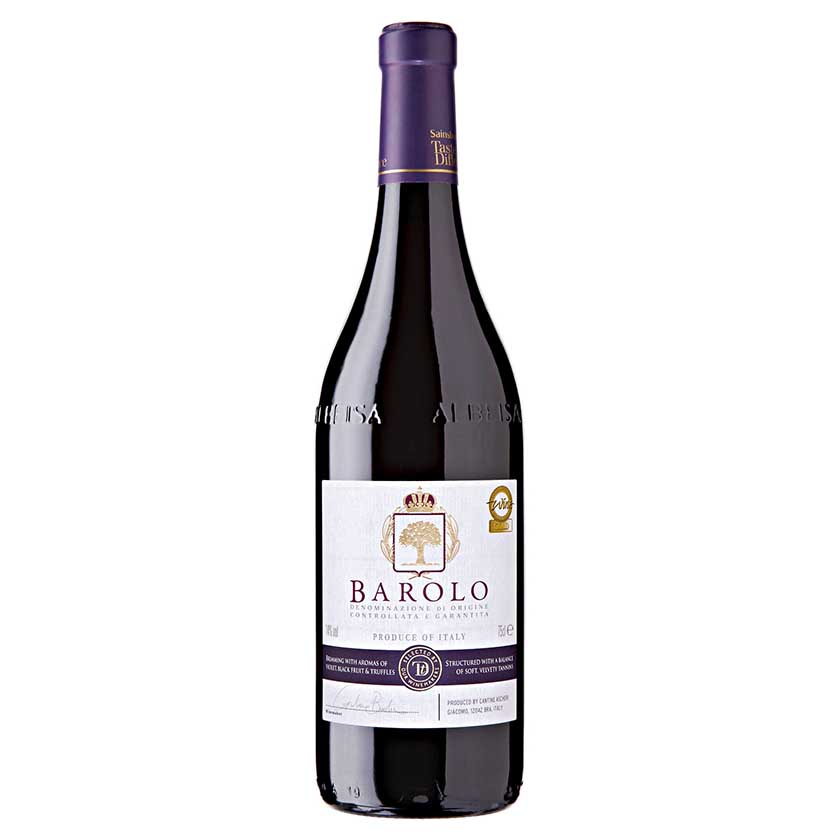
Subscribe and view full print editions online... Subscribe